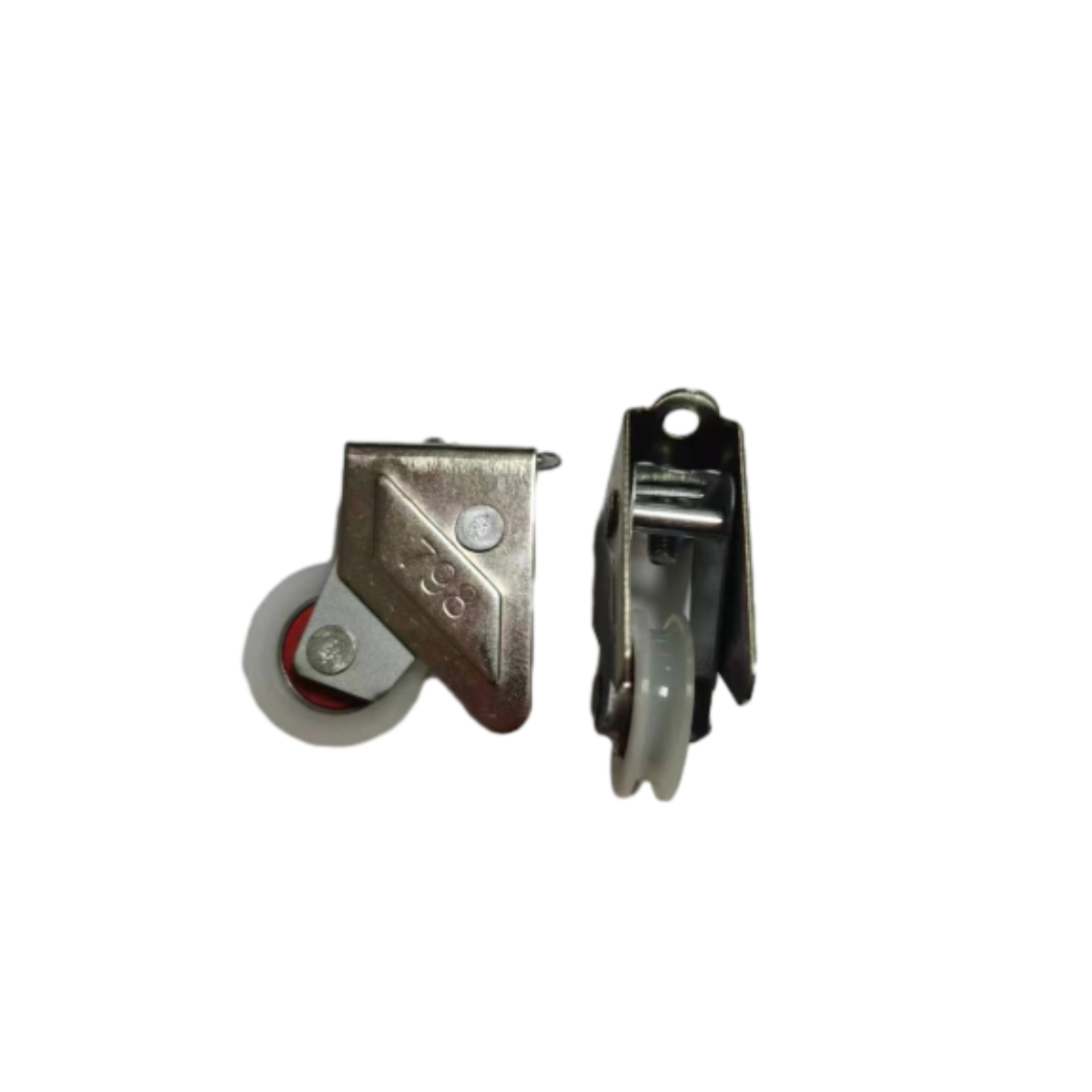decorative cast iron elements
The Allure of Decorative Cast Iron Elements
Decorative cast iron elements have been an integral part of architectural design for centuries. Known for their strength and durability, these elements also bring an undeniable aesthetic charm to various structures. From ornate railings and balustrades to intricate gates and decorative facades, cast iron has been used to enhance the visual appeal of buildings and public spaces alike.
Historical Perspective
The use of cast iron in architecture dates back to the 18th century during the Industrial Revolution, which saw a significant advancement in iron production techniques. Cast iron's ability to be molded into complex shapes allowed for the design of elaborate decorative elements that were not possible with other materials. This innovation coincided with a period of great artistic movement, where architectural styles such as Victorian and Gothic were in full flourish. Consequently, decorative cast iron elements became synonymous with these styles, adding a touch of elegance and sophistication.
Architectural Applications
One of the most common applications of decorative cast iron is in railings and balustrades. These installations are not just functional; they serve as significant design features that complement the overall architecture. Elaborate patterns and motifs—often inspired by nature, mythology, or geometric shapes—are commonly cast into the iron, providing visual interest and detail.
Moreover, cast iron columns and arches contribute to the grandiosity of public buildings such as train stations, museums, and courthouses. The use of decorative capitals and bases on these columns enhances their beauty and reflects stylistic elements characteristic of a particular era or design movement. The intricate detailing often seen on these structures not only showcases the craftsmanship involved in creating them but also tells a story of the cultural values of the time.
Urban Spaces and Public Art
decorative cast iron elements

In urban environments, decorative cast iron elements are prevalent in park benches, street lamps, and fountains. These pieces serve a dual purpose they are functional elements that enhance public utility while also acting as decorative components that beautify the surroundings. A well-designed park bench made of cast iron with delicate patterns can turn a simple relaxation spot into an inviting gathering place.
Fountains, often adorned with cast iron sculptures and embellishments, can serve as focal points in city parks, adding both a sense of tranquility and a touch of artistry to the landscape. These structures, often depicting figures or natural motifs, reflect both the artistic vision of the designer and the industrial capabilities of the era, making them treasures of cultural heritage.
Preservation and Modern Usage
Preserving decorative cast iron elements has become an important focus in many cities as they represent significant historical and artistic value. Restoration efforts often require skilled craftsmanship, as these pieces must be carefully repaired and maintained to retain their original beauty. The use of modern techniques and materials, combined with traditional methods, ensures that these elements continue to serve their purpose while honoring their historical significance.
In recent years, the resurgence of interest in sustainable design and historical preservation has led to a renewed appreciation for cast iron. Architects and designers are increasingly integrating decorative cast iron elements into contemporary contexts, blending the old with the new. This can be seen in modern buildings that utilize cast iron for both structural and decorative purposes, creating a dialogue between history and innovation.
Conclusion
Decorative cast iron elements are more than just aesthetic enhancements; they are testament to the ingenuity and craftsmanship of past eras. Their durability and versatility allow them to transcend time, making them relevant in both historical and modern architecture. As cities continue to evolve, the incorporation and preservation of these intricate designs remind us of our architectural heritage and inspire future generations to appreciate the intersection of art and engineering. From grand public spaces to intimate residential settings, decorative cast iron continues to enrich our environments and lives.
-
Wrought Iron Components: Timeless Elegance and Structural StrengthNewsJul.28,2025
-
Window Hardware Essentials: Rollers, Handles, and Locking SolutionsNewsJul.28,2025
-
Small Agricultural Processing Machines: Corn Threshers, Cassava Chippers, Grain Peelers & Chaff CuttersNewsJul.28,2025
-
Sliding Rollers: Smooth, Silent, and Built to LastNewsJul.28,2025
-
Cast Iron Stoves: Timeless Heating with Modern EfficiencyNewsJul.28,2025
-
Cast Iron Pipe and Fitting: Durable, Fire-Resistant Solutions for Plumbing and DrainageNewsJul.28,2025
-
 Wrought Iron Components: Timeless Elegance and Structural StrengthJul-28-2025Wrought Iron Components: Timeless Elegance and Structural Strength
Wrought Iron Components: Timeless Elegance and Structural StrengthJul-28-2025Wrought Iron Components: Timeless Elegance and Structural Strength -
 Window Hardware Essentials: Rollers, Handles, and Locking SolutionsJul-28-2025Window Hardware Essentials: Rollers, Handles, and Locking Solutions
Window Hardware Essentials: Rollers, Handles, and Locking SolutionsJul-28-2025Window Hardware Essentials: Rollers, Handles, and Locking Solutions -
 Small Agricultural Processing Machines: Corn Threshers, Cassava Chippers, Grain Peelers & Chaff CuttersJul-28-2025Small Agricultural Processing Machines: Corn Threshers, Cassava Chippers, Grain Peelers & Chaff Cutters
Small Agricultural Processing Machines: Corn Threshers, Cassava Chippers, Grain Peelers & Chaff CuttersJul-28-2025Small Agricultural Processing Machines: Corn Threshers, Cassava Chippers, Grain Peelers & Chaff Cutters












